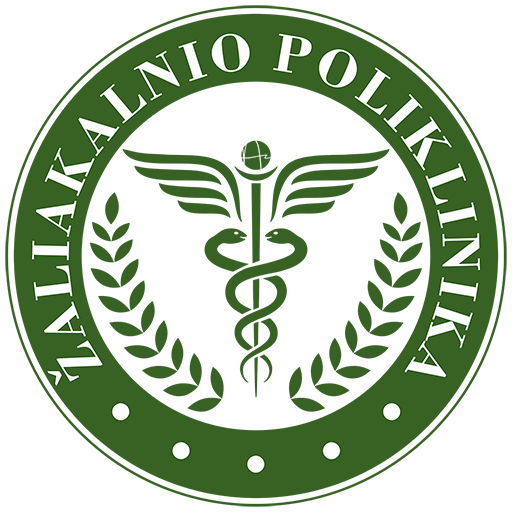Tooth extraction
Tooth extraction is a dental procedure that involves removing one or more teeth from the mouth. This procedure is carried out when a tooth cannot be saved or is causing problems that may affect your overall oral health. Tooth extraction may be necessary for a variety of reasons, such as tooth damage, infections or orthodontic treatment. A properly performed procedure and careful post-operative care ensure a quick healing and prevention of complications.
When is tooth extraction necessary?
- Infringements: If the tooth is badly damaged and cannot be restored.
- Infection: In the case of a tooth infection that cannot be treated with antibiotics or endodontic procedures.
- Orthodontic treatmentA: Sometimes tooth extraction is necessary to make room for the correct alignment of teeth.
- Mental teethA: Mental teeth are often removed if they cause pain, pressure on other teeth or infections.
Tooth extraction procedure
Preparing for the procedure
Before tooth extraction it is important to:
- Keep your doctor informed about your medication and existing health problems.
- If you are using blood thinners, your doctor may advise you to temporarily stop them.
- In the evening, it is recommended to have a light dinner and a good night's sleep.
Procedure flow
Anaesthesia: Local anaesthesia is used during the procedure to ensure that the patient feels no pain.
Tooth loosening: The doctor uses special instruments to loosen the tooth from the tissues holding it in place.
Tooth extraction: Removal of the tooth or parts of the tooth if the tooth is severely damaged.
Placing seams: If necessary, the wound can be sutured.
What to do after tooth extraction?
The first hour
- After the procedure, it is recommended to keep a gauze pad on the wound for about 30-60 minutes to stop bleeding.
- Avoid hot food and drink for the first 24 hours.
Next days
- Pain relief: Your doctor may prescribe painkillers. Avoid aspirin as it can promote bleeding.
- Hygiene: No mouthwash is recommended for the first 24 hours. Afterwards, rinse your mouth with a salt solution (one teaspoon of salt in a glass of warm water).
- Nutrition: Eat soft and cool food.
Possible complications
- Bleeding: If the bleeding persists for several hours, contact your doctor.
- Swelling: Mild swelling is normal, but severe swelling or pain can be a sign of infection.
- Dry socket syndrome: If a blood clot is dislodged from the socket, severe pain may occur.
When should I see a doctor after the procedure?
It is essential to seek medical advice if you:
- Bleeding continues for more than a few hours.
- Severe pain that persists with medication.
- Severe swelling or fever.

